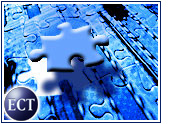
XML (extensible markup language), with its potential for helping companies find common ground on which to exchange and interpret data between disparate systems, has started to change the face of e-commerce. In addition, XML is helping companies communicate outside the confines of firewalls.
“It has really caught on in the last 12 months,” Louis Columbus, an analyst with AMR Research, told the E-Commerce Times. He noted that XML has become somewhat of a de facto standard.
Columbus said that for enterprises to get the most out of order-management applications, a key function in e-commerce, “it is absolutely critical to have XML.”
Giga Information Group analyst Andrew Bartels believes that XML will eventually “make it a lot easier for businesses to send a purchase order or another request for information, and have it recognized and acted on by any other system.”
And XML is seen as a major catalyst in Web services, a market whose importance is continually increasing.
Aiming at CRM
AMR’s Columbus says that XML also is becoming a “necessary building block” for CRM, or customer relationship management applications. Vendors have been steadily weaving the open standard into their applications, such as CRM and enterprise resource management, and thus into the fabric of the Internet.
Red Hat, for example, has made XML an integral part of its content and collaboration management (CCM) products, which create a Web-based workspace in which employees can collaborate on projects. The workspace also can be designed to allow business customers to join in the collaboration effort.
Playing Tag
In the Red Hat XML collaboration system, unstructured communications in the workspace, such as e-mail and chat, are kept in a database. Users log the information with XML tags and can access it later through the software’s search engine.
The software is sold with an open source license, which gives Red Hat customers the right to make modifications or extend the technology as they see fit.
Presently, Red Hat’s CCM applications can exchange data with any CRM system through XML translation, according to Howard Jacobson, vice president and general manager of Red Hat’s content and collaboration management group.
“There is a vision,” Jacobson said, “to make that integration tighter and to expose more of the capability of the systems to customers. But we’re not at nirvana yet.”
Going the Distance
Analysts warn that for all its potential benefits, XML is not a panacea and presents some challenges in the e-business arena. AMR’s Columbus, for example, said that while “the big payoff overall” is that XML will let applications communicate outside the firewall, he also noted that the marketplace is not ready to take that step yet.
According to Giga analyst Bartels, XML “is not a magic bullet.”
Indeed, there is plenty of work to be done before XML hits its potential. Bartels said, “the value of XML lies in XML schemas,” or ways in which the language can organize e-business data.
Schemas are descriptors that say, “within a particular XML object theres an order form, and within that is a product name, manufacturer, price” and other descriptive data.
Moving Forward
The schemas make the request meaningful to recipients so it can be mapped into a system, said Bartels. “Without schemas, XML doesnt get you where you want to be.”
But so far the industry has produced competing and conflicting schemas, a trend that is holding back the advance of XML. More recently, though, there has been a lot of work accomplished in the quest to develop better XML schemas, Bartels said.
As XML becomes a factor in e-commerce applications, security concerns about its use are growing, particularly when it comes to the use of XML in Web services. Even so, a growing number of vendors are coming out with encryption and other security measures to ensure the safe transport of data under the umbrella of the XML open standard.

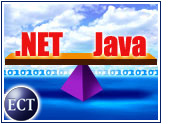
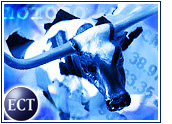
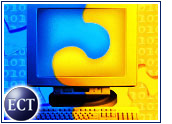


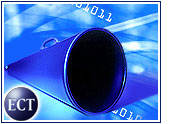
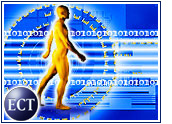


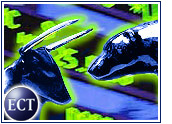

































Social Media
See all Social Media